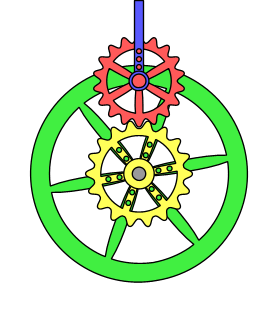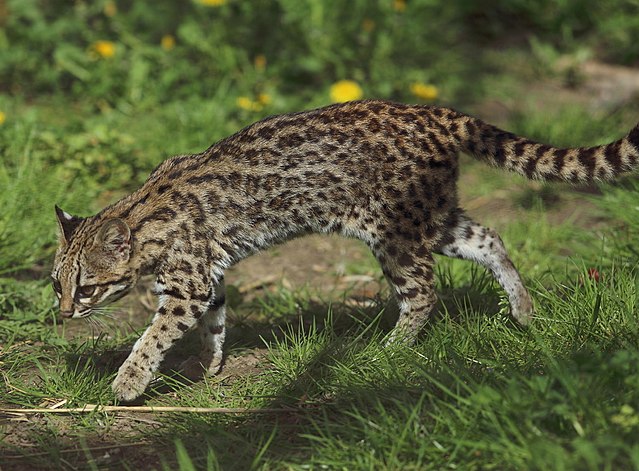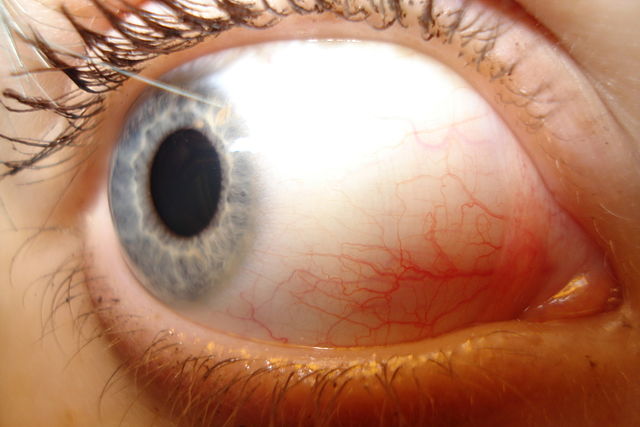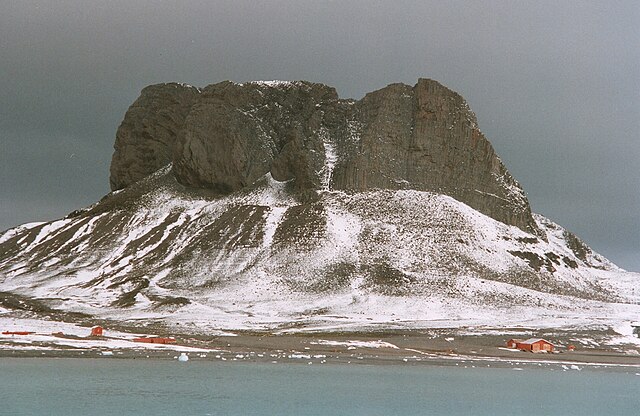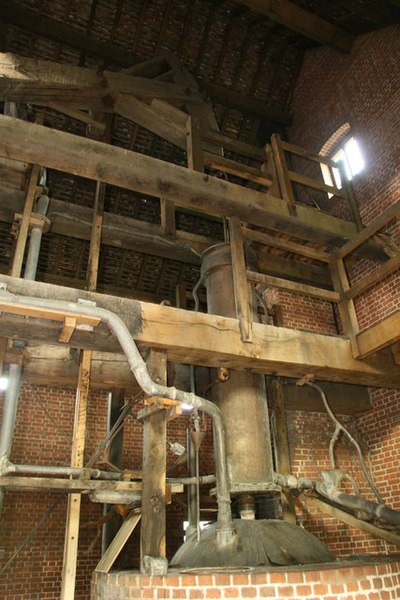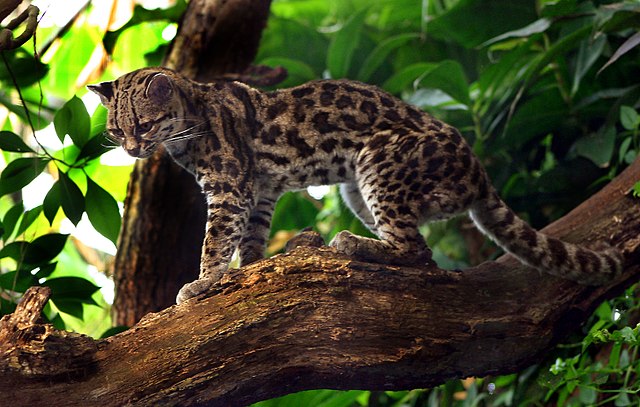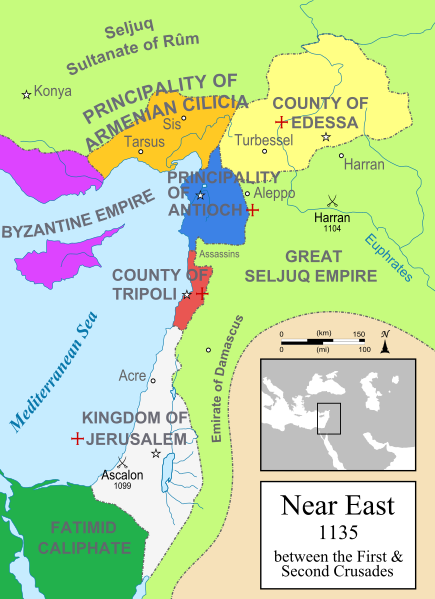We just learned about the Knights Hospitaller.
Another part of early Christianity is the Knights Templar.
Just like the Knights Hospitaller, this was a group of people who fought battles for the church, usually for the Crusades.
They were known for the outfits they wore with a white background and a red cross on it.
Part of the meaning of the red cross was that they would go to war and kill people in the name of God, and he would reward them in heaven.
Some of the people in the Knights Templar did not fight battles, they were more like farmers or bankers.
Because a lot of people knew about them, people would give them money to help fight the Crusades that people thought were good.
With this money they built a lot of buildings and churches across all of Europe.
Later on one of the kings of France did not like the knights, so he said a lot of bad things about them, had many of them killed, and later on the church decided the knights should either quit or join the Knights Hospitaller and there would be no more Templars.

(from: wikipedia - knights templar)
Kid Facts - Blast from the past: Saint Catherine's Monastery





